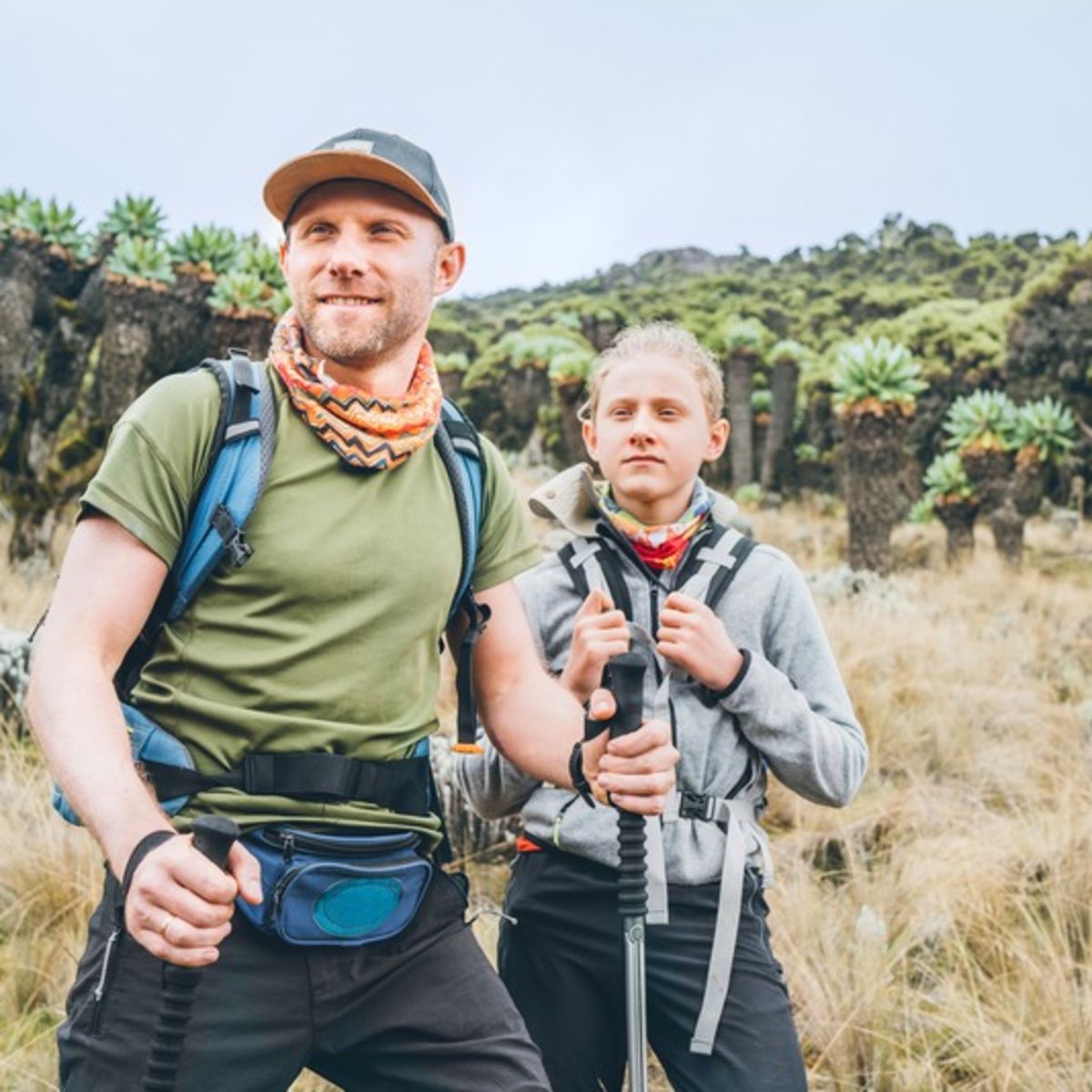
Can I take my child on a Kilimanjaro climb with me?
No child under 10 can go on a Kilimanjaro climb as per the Tanzania National Parks Authority. But should a child of 10 or more climb the mountain? We offer our expert advice to help you decide if your child is ready for this epic challenge!
How hard is a Kilimanjaro climb?

It's a non-technical trek (you don't need any mountaineering gear or experience). Most mountains this high require ropes, crampons, ice picks and so on. It's in Africa, and the popular mental image of the African continent doesn't include chart-toppingly high mountains with glaciers near the peak.
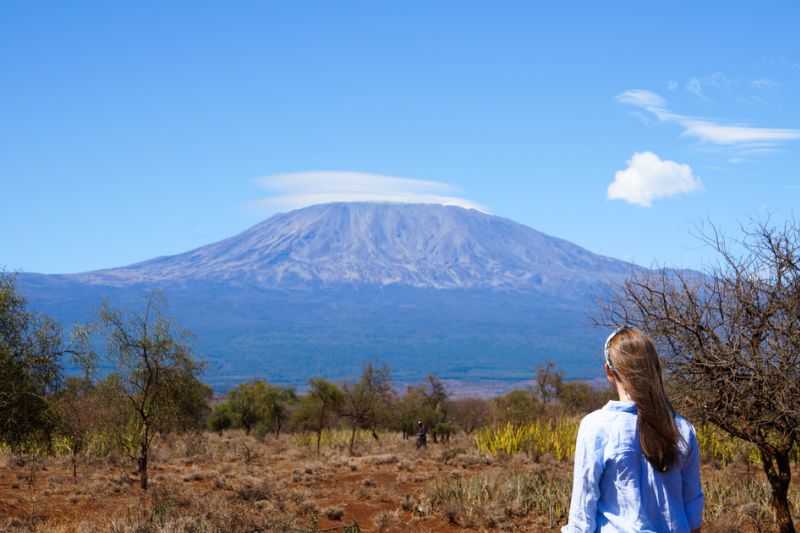
Don't let Kilimanjaro's non-technicality fool you
As we often say, unless you're a mountaineer or ultra athlete, climbing Kilimanjaro is likely to be the hardest thing you ever do in your life!
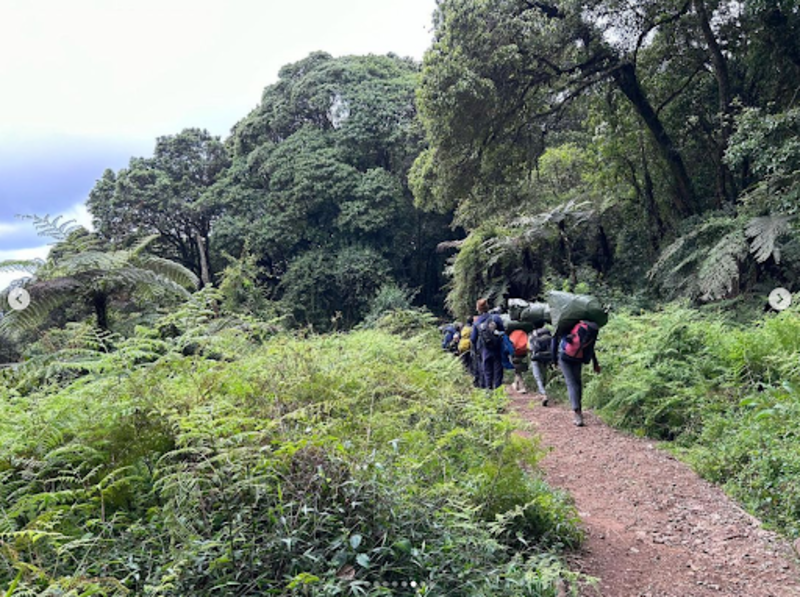
It's by the Equator, but is 1 km higher than Mt Blanc
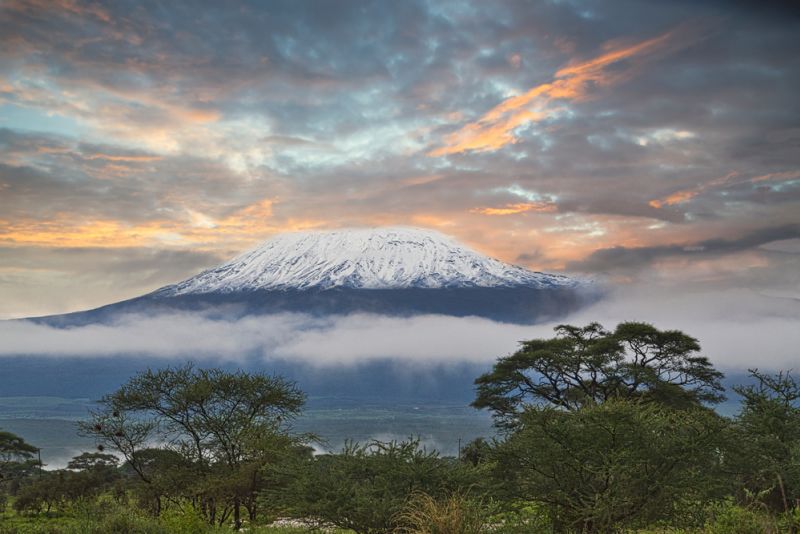
Of the Seven Summits (the highest peaks on each continent), Kilimanjaro is the fourth highest. Fourth, folks. And far higher than Mt Blanc and Mt Elbrus.
What's your child's response to strain and discomfort?
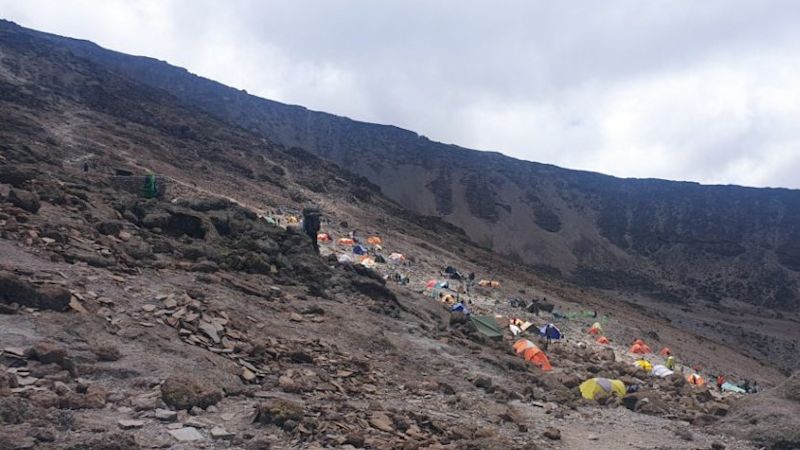
Is your child communicative and responsible?
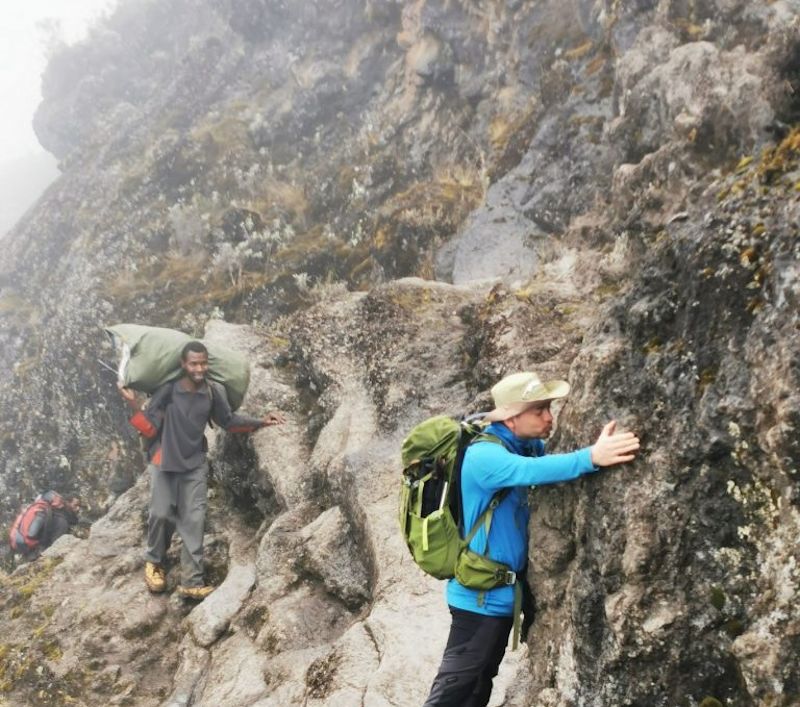
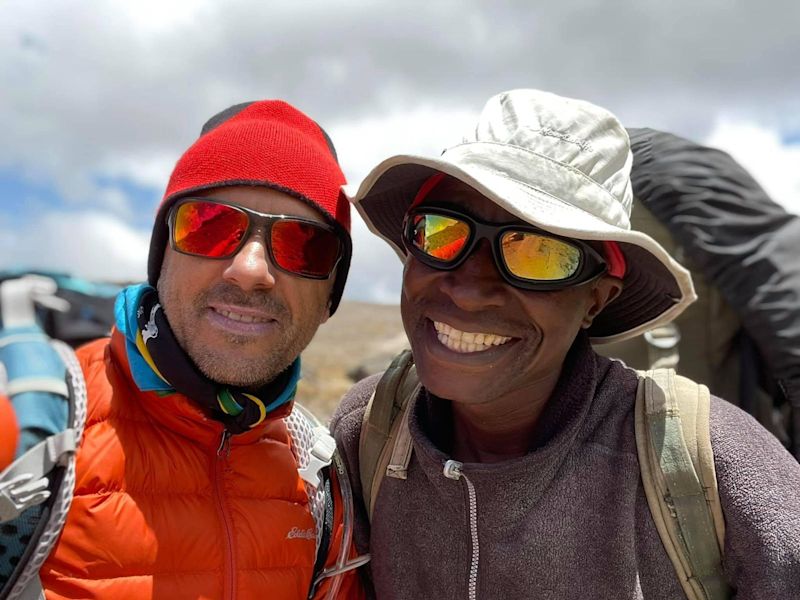
Will you have the strength to motivate your child?
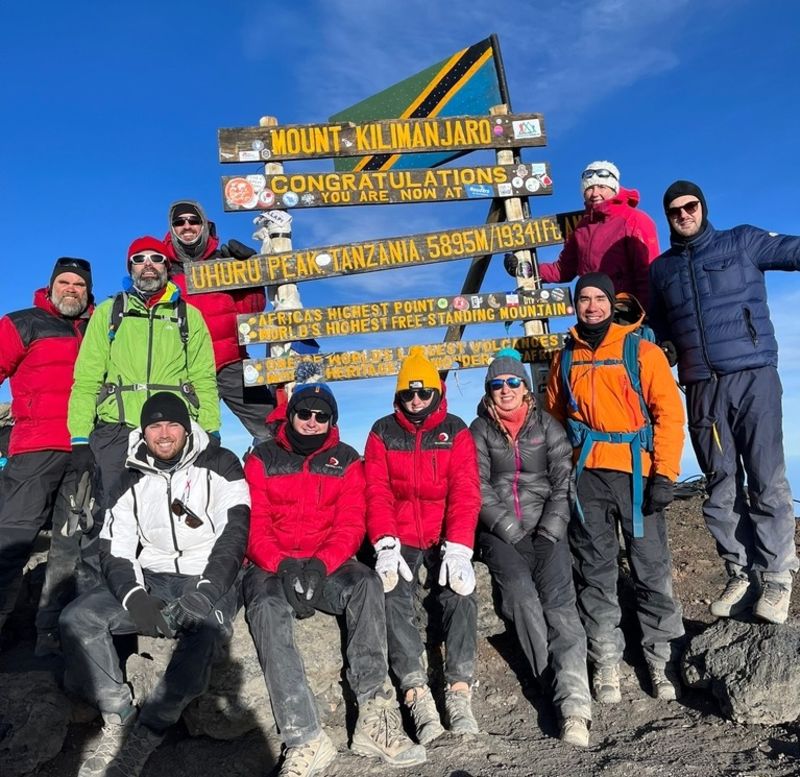
Consider climbing Meru, Kilimanjaro's neighbour, instead
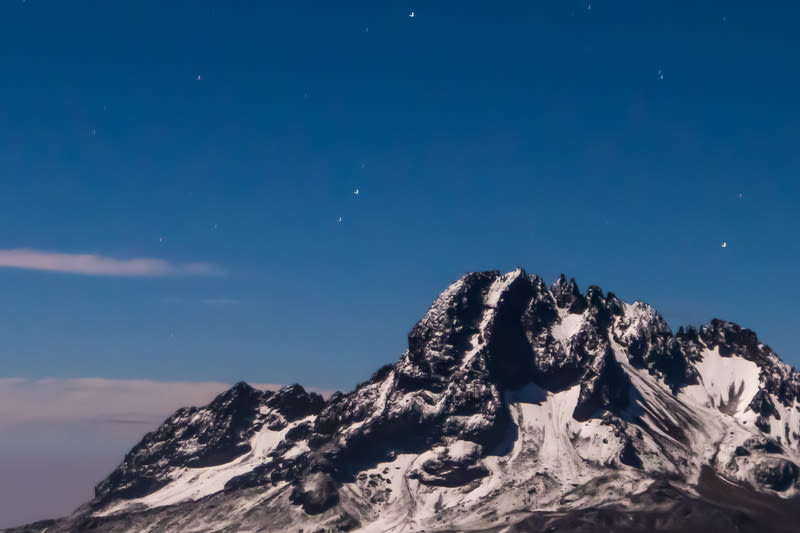
Meru would be a great litmus test for your family's readiness for a Kilimanjaro climb.
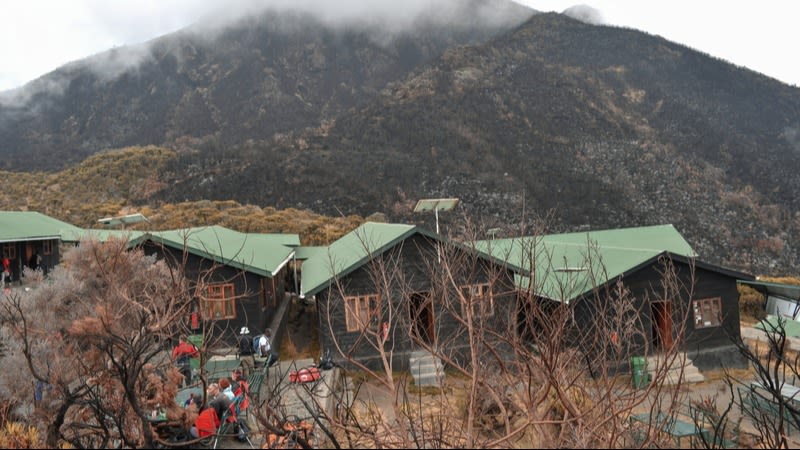
Not many children can summit Kilimanjaro
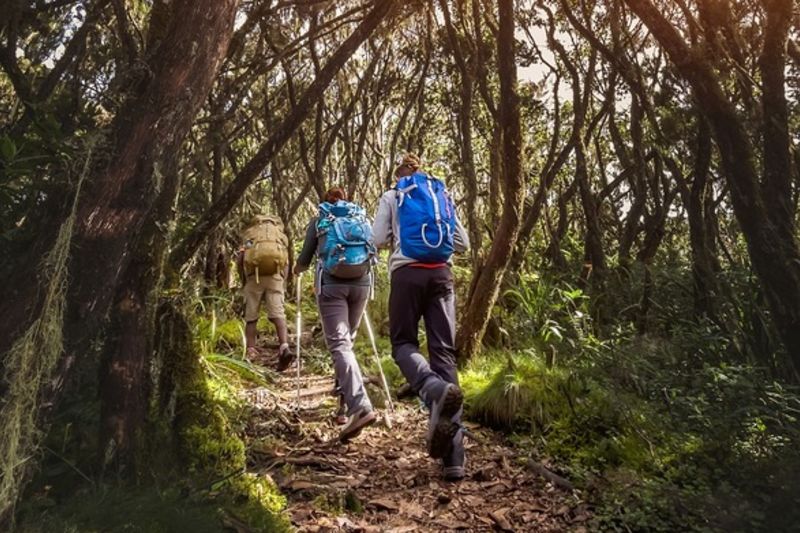
Most families should probably wait for their children to grow up a little – become older teenagers at least – before climbing Kilimanjaro together.
Our final advice on making the call
Put a pin in the day-dreaming images of standing atop the summit of Kilimanjaro as a family, and picture that moment down on the side of the mountain when your kid is spent and feeling they can't make it any further. (This happens to many climbers during the ascent – sometimes more than once – no matter their age!) How does that moment play out?
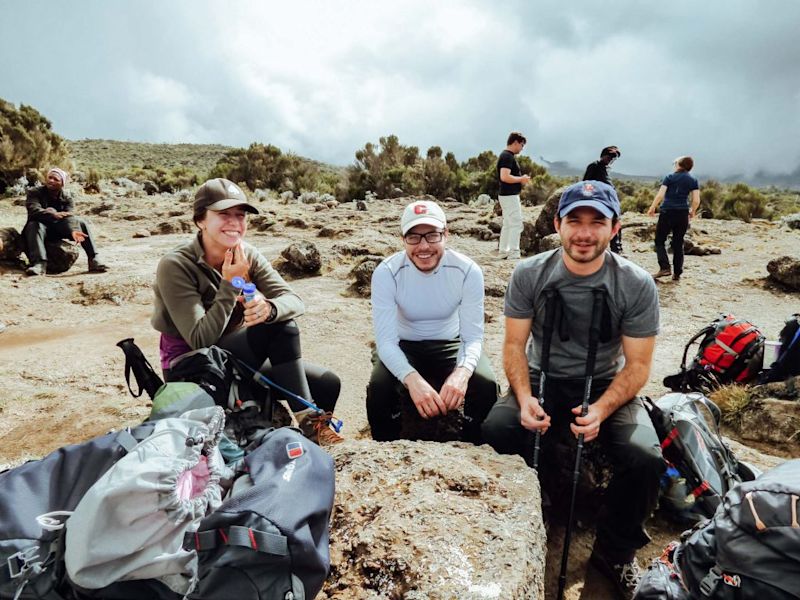
If you decide to take the plunge and climb Kilimanjaro, don't rush the process. Give yourselves a few months at least to train and prepare as a family. Go on shorter (but still challenging) multiday treks together to see how your child manages all aspects of the challenge. Also check in the health of the family dynamic when things get tough. Set your family up with the greatest chance for a successful climb by opting for the nine-day Northern Circuit route . This is the longest route and thus has by far the highest summit success rate. At the very least, opt for the eight-day Lemosho route . You can learn more about the differences between these two routes in Lemosho vs Northern Circuit .